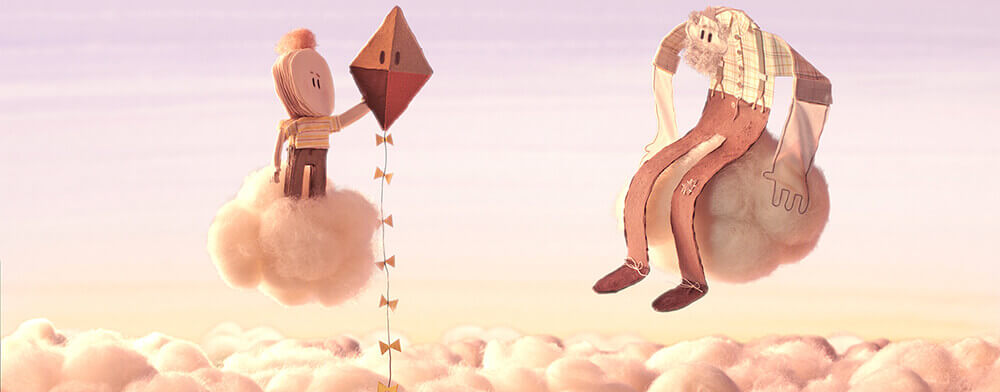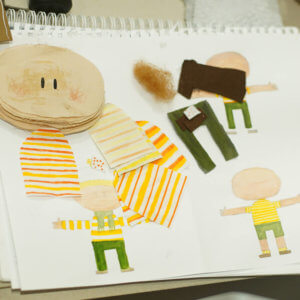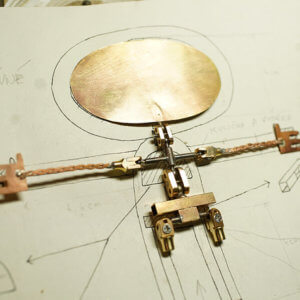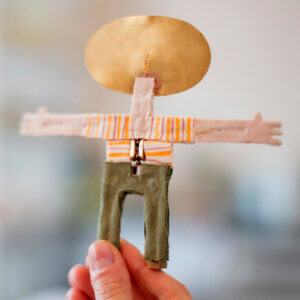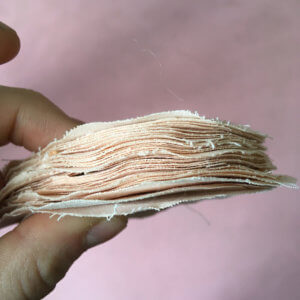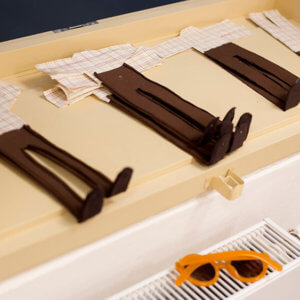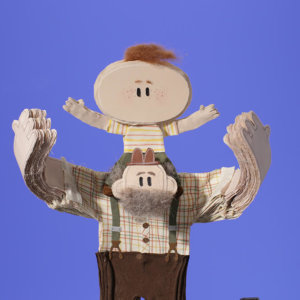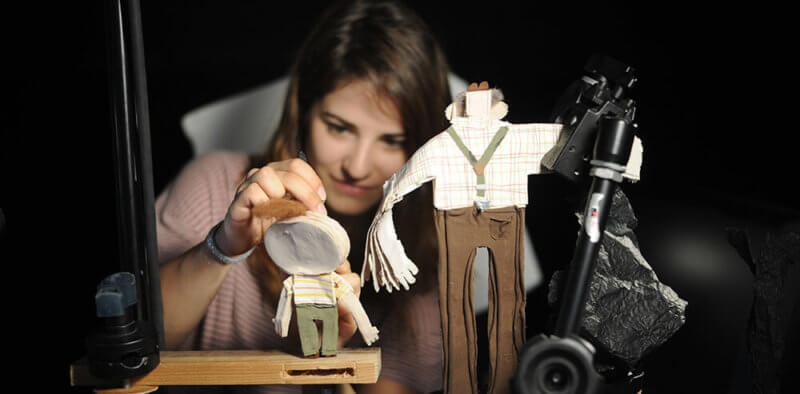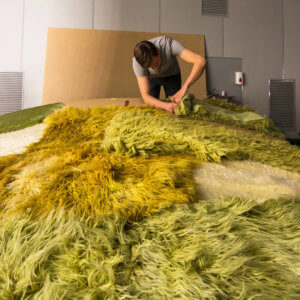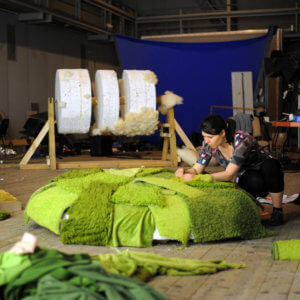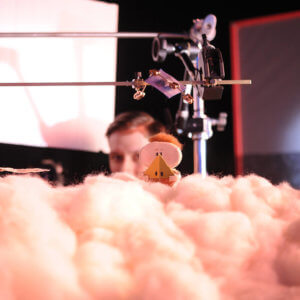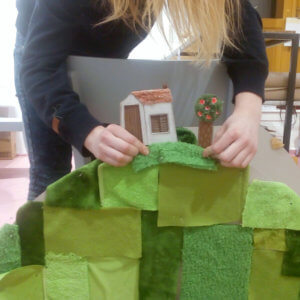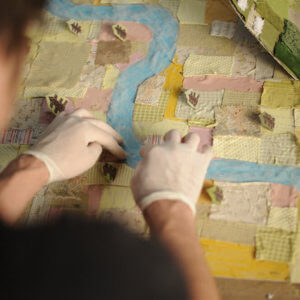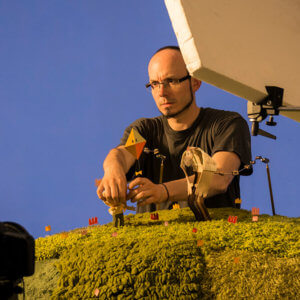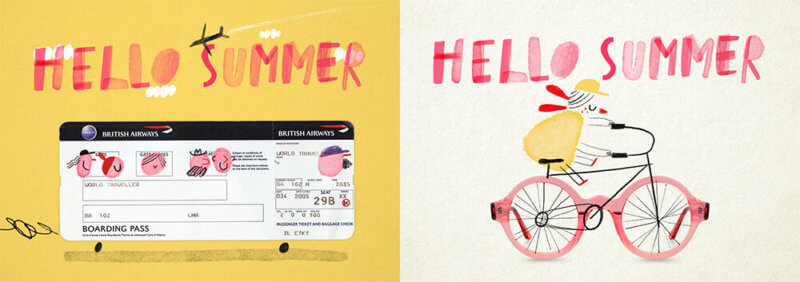Martin Smatana Interview: The Kite – A Symbolic Film for Children About Death
The Kite is a short animated film that deals with the issue of death, done in a simple, metaphorical and symbolic way, through the relationship between a little boy and his grandfather.
When it’s director, Martin Smatana, pitched it at the Animarkt Stop Motion Forum in 2017, it was one of those rare pitches where the audience was enchanted; by the concept, by the visuals, and by the passion of the presentation. Just over a year after that pitch, The Kite premiered at Berlinale 2019, and has since been selected (and won) at numerous festivals – with Annecy being the latest.
Martin spoke to us about the inspiration and took us behind the scenes of its production…
As we met at Animarkt, where The Kite picked up first prize, it would be fitting to begin by asking how the process of pitching at Animarkt helped you in taking the film forward, and what has been the journey since then?
Animarkt was a first-class opportunity. It is a pitching forum which is focused only on stop motion puppet animation, which makes this event very unique in the world. I got very valuable feedback, especially from Nancy Danny Phelps, who led one of the training sessions about how to pitch and promote the project. The award from Animarkt was a kickstarter!
It was the first time when I felt that the story was finally starting to work after a few years, and it motivated me so much that I stopped doing everything else except for working on The Kite. Thanks to this Animarkt award, we shot the film in studio CeTA in Poland. We had a fully equipped hall and a couple of assistants at our disposal. Our original plan was to produce the whole film in Prague, but this Animarkt award allowed us to go bigger and to even make shots we otherwise couldn’t have managed. It suited extremely well; as The Kite deals with flying.
Where did the idea for The Kite come from? Not just the tale of childhood loss, but also the inventive metaphor of people shedding ‘layers’ as they age?
The idea actually comes from my own grandfather. When I was a little kid, I used to ask adults a lot of existential questions, like ‘where do babies come from?’, but also ‘where people go after they die?’. And for a very long time I could not get an answer that would fully satisfy me. And the only one who was willing to discuss my difficult existential questions was my grandfather. He told me that as a man gets older, he also gets thinner, and at the end of his life he is as thin as a sheet of paper, so one day the wind just softly blows him and takes him up to the sky.
To show the process of getting thinner, we decided to build puppets out of layers. The boy has many of these layers; he is three-dimensional and has perspective, because he has all his life in front of him. His grandfather, on the other hand, has lost most of his layers and there are only few of them left.
Gallery: Puppet Construction
The Kite has been successful with young audiences, having picked up the Tricks for Kids award (Stuttgart), and being selected for Annecy’s Young Audiences category. Did you always have children as your target audience when you were making this film, or was it a more personal film for you?
Haha, not at all. I always wanted to do films for adults, but both of my previous films somehow ended up for a children’s audience. Gradually, I realised that actually I feel quite comfortable in storytelling for children.
When I started to develop a story for children about death, many asked me if I had gone mad. Then, I was reading a lot about how to speak about such complex issues with children; how to answer their questions truthfully without any understating. At the same time, we wanted to approach the matter employing metaphors and symbols, but still in a manner apprehensible for children. Still, it was important for us to have joy and hope in a story about death. That is also why it has taken us a long time to finish the film.
We used to let children see the animatic and discuss what they saw, to learn whether they understood what we meant to say. With our DoP, Ondrej Nedved, we were very happy to hear the kids identifying our ideas. Some expressed them in ways beyond our own capacities.
One of the most notable things about the film is your use of rich textures and vibrant colours – it’s a beautiful film. What inspired these choices? Did this go hand-in-hand withe story you were telling (the layers of paper in the characters)?
We came up with the rule that objects which have a solid surface in the real world – like a road, bus or house – would be made out of paper, and we will draw naive children’s drawings on it. And objects which are soft in the real world – like clouds, smoke, grass or snow – we will make out of soft textile materials.
As boy sometimes flies high in the clouds, he sees little fields from above. We made them look like a patchwork blanket, because when I used to visit my grandparents during the summer holiday as a kid, they had this patchwork blanket, and I used to sleep under it.
During the building of the sets, we visited probably every second-hand shop in Prague. We bought a lot of cheap clothes with different patterns and colors to be used in the film, because there are four different seasons in the entire film, and each has its own color palette.
Gallery: Set Construction
Working with all that fur, cotton wool, and texture must have been a nightmare in stop motion! How did you cope?
Yes sometimes it was pretty tough, but luckily we had an animator, Piotr Chmielewski, who was in charge of animating the elements; especially grass, to express the wind. Grass was made out of long-haired carpets, so he was moving those hairs little by little to make a wave.
Could you tell us a little about how the film was made?
We started to work on the script in 2015; throwing a lot of papers in the trash. It was really hard to write a story about death for children, which would somehow end up with happy ending. After Animarkt 2017, we started to work on storyboards very intensively. We were meeting with the DoP, Ondrej Nedved, in one of Prague´s pubs, sitting by the same table every evening (and if this table was taken, we were standing by and just talking about shots and camera angles). Half of the sets we made in Prague at the Academy of Arts; the other half was made in studio CeTA in Wroclaw, Poland, where we were shooting the film.
Shooting took us altogether about 3 months and the core of the team was about 10 people. Apart of that there were also volunteers who helped us. We finished the film at the very last minute, just two weeks before it was premiered in Berlinale, earlier this year.
Finally, what can we expect from Martin Smatana next?
Right now I am starting to work on the next short film for children. It has a working title Hello Summer, and it will be a combination of stop motion object animation and hand drawn animation, 5-7 minutes long, and without spoken words.
The idea comes from my childhood. My parents used to teach me and my brother that if we ever have some free money, the best way to use it is travelling. It was (and still is) their life credo. That is why we traveled every summer to some different country. Mostly it was a lot of fun, but sometimes it happened that I got bored. To entertain myself, I took a sheet of blank paper and I put some object on it (for example, the sunglasses or boarding pass). Than I took a pencil and added some little drawings on the paper, which changed the object to something new, usually to something bigger and funnier.
The film shows funny situations which happen to a family during their summer holiday, using the objects of everyday life which they pack in their holiday luggage. These will be combined with hand drawn animation that will change the objects into the other forms. It should be complete in autumn 2020.
You can view more behind the scenes materials, and follow updates on the film, on The Kite’s Facebook page and Martin’s Instagram page.
The Kite will be playing at the Annecy Animation Festival on Monday, Tuesday, Wednesday and Saturday as part of the Young Audiences Short Films in Competition programme.


